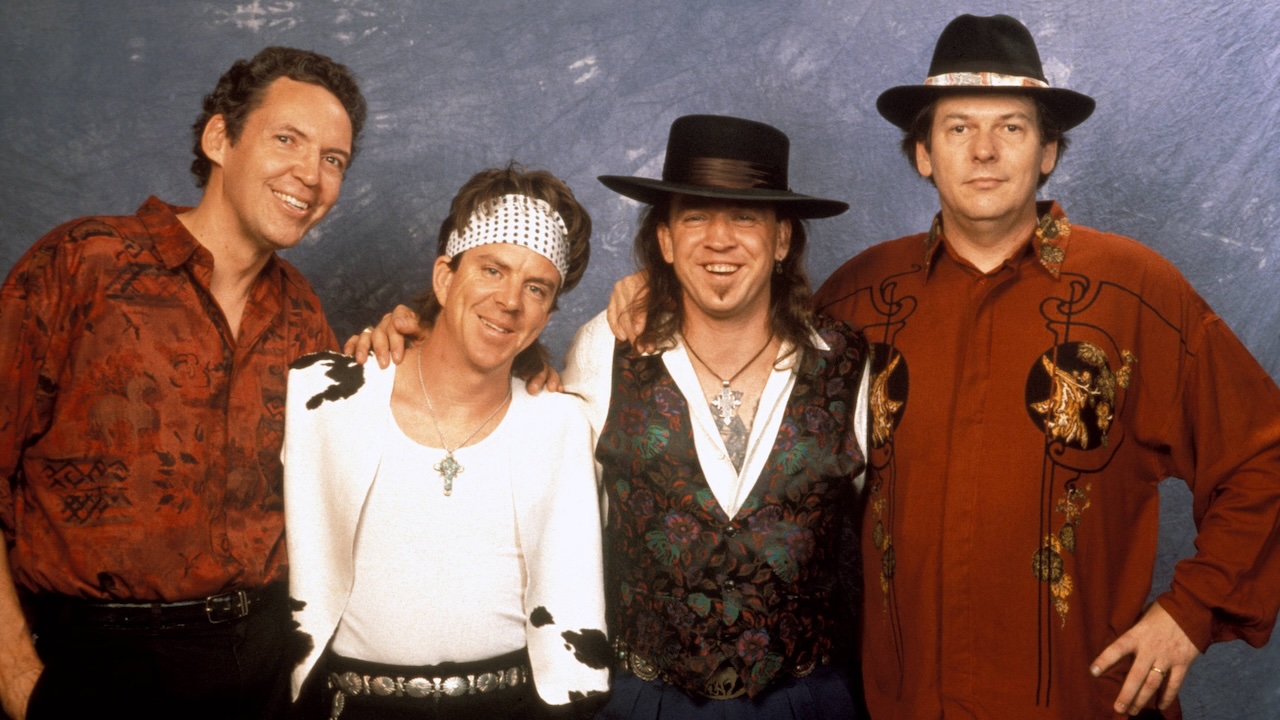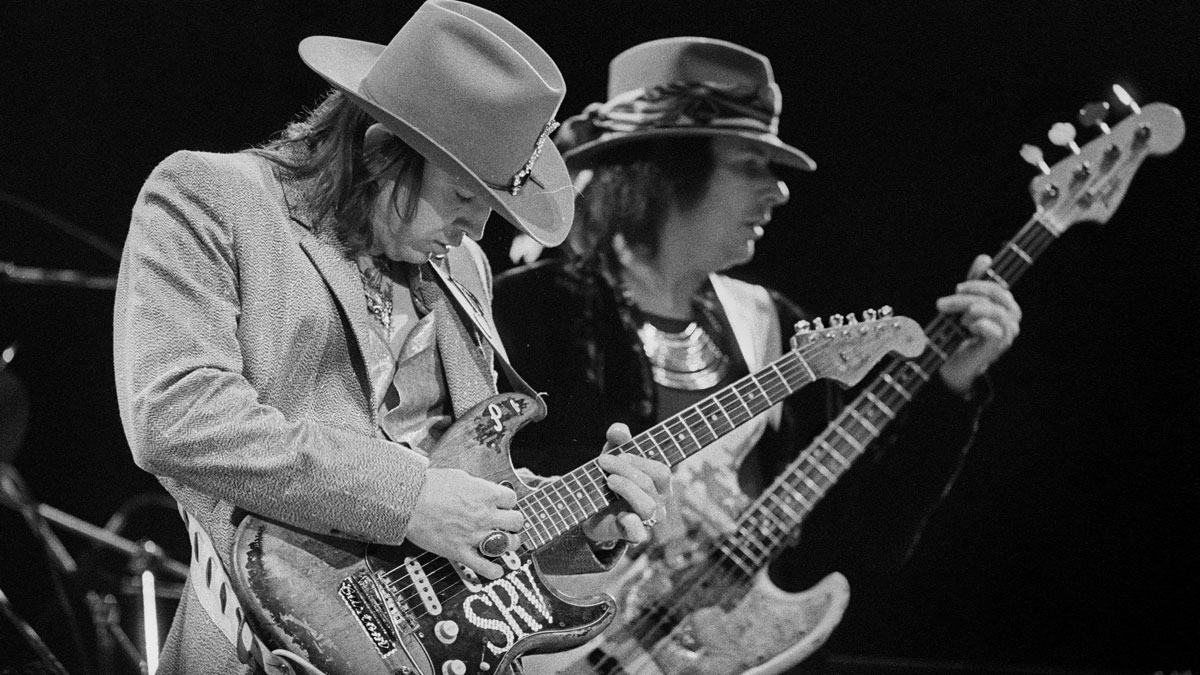
Among musical styles, few are as laden with convention and cliché as the blues. Every aspect, from the chord progression to the lyrics, is intentionally derivative. That's why you know blues when you hear it – you've heard it played before, probably in almost the same way.
Texas guitar god Stevie Ray Vaughan generally stuck to tried-and-true blues forms and feels, and benefited from one of the baddest rhythm sections in blues history, also known as Double Trouble.
Despite often being burdened with nailing the groove while also flaunting their own thing, the tandem of bassist Tommy Shannon and drummer Chris Layton laid down unfalteringly fat grooves for SRV to blow over.
Much of Vaughan's music uses the standard 12-bar form, like his biggest hit, Pride and Joy, off his 1983 debut Texas Flood.
“Texas Flood came together quickly because we approached it like a live gig,” Shannon told us back in 2023. “We set up in the studio just like we did when we'd play a show and didn't try and do anything baffling, you know? We set up, went at it, and it turned out great.
“Stevie had his Strat, and I had my old '62 Fender Jazz Bass. We did two songs on the first day and eight songs the next.
“I knew the record was good, but when you hear the way he plays, there's no question that Stevie was an all-time great guitar player.”

Pride and Joy revolves around three chords in the key of Eb: the I, IV, and V chords, or Eb, Ab, and Bb. While the root notes of these chords are diatonic to Eb, they are all non-diatonic dominant 7 chords.
Another standard convention of the blues is the shuffle feel. Pride and Joy is about as shuffling a shuffle as there is. Essentially, the shuffle feel is based on an underlying triplet emphasis for each quarter-note, with the band accenting the first and third notes of the triplet, giving more length to the first.
The second note in each eighth-note pair isn't always played in a shuffle, particularly if the drummer and guitar player are doing their part. Shuffling is as much a state of mind as it is a rigid technical concept.
While each chorus varies (a single time through the form is often called a chorus), many of Shannon's most common devices are represented in the first 12 bars from the beginning of the first verse.
Most important, notice Shannon's extensive use of chord tones, particularly moving from the root to the 3rd. Also note that the 3rd sometimes comes below the root note, depending on overall line contour.
Shannon also uses chromatic passing tones in a few key harmonic turning points, like the transitions from Eb7 to Ab7 and every bar-to-bar transition from the Bb7 onward.
The artful combination of chord and chromatic tones, a killer groove, and a boomy yet crisp tone are all hallmarks of the Tommy Shannon style.







